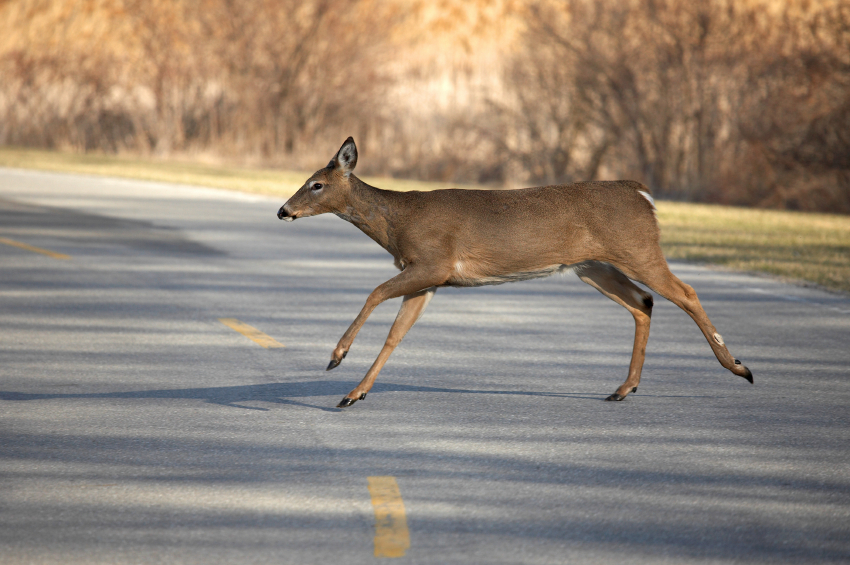
Why does some information stick and other information is quickly forgotten? One reason is that sticky information has more credibility.
In Made to Stick, the Heath brothers offer some ideas to make your information more credible.
1. Make your facts human-scale. Can you connect your facts to a local landmark (such as how much trash does it take to fill up your local stadium?) or the distance between, say, Seattle and Tacoma or New York and Los Angeles? Can you choose unexpected, colorful details that people can easily relate to? The Heath brothers cite an effective message.
Which of these animals is more likely to kill you? A shark? A deer?
Answer: The deer is more likely to kill you. In fact, it’s 300 times more likely to kill you (via a collision with your car).
This message is unexpected, absurd, emotional (Bambi is dangerous?) and has internal credibility.
And it rings true to me. My husband and I have had three car accidents involving deer. One of them totaled a car. And we’ve never even seen a shark.
2. Details, especially vivid details, provide internal credibility. Can you paint a picture in words about the information you’re providing? Colors, smells, flavors, brand names and other details help people remember what you’re saying.
My husband describes his first deer accident this way: “I came around a corner in the dark, and there were four deer crossing the highway. I took out two of them for a split. The headlights were broken and the radiator was leaking, but the car was still drivable. I limped back and waited for it to get light, then took the most traveled route back to Seattle, so I would have access to a gas station or tow truck if the car didn’t make it.”
3. Use a credible source to make information more believable and more sticky. This could be either an authority (such as the Food and Drug Administration or the Environmental Protection Agency) or a real person with a real story to tell about his or her experiences.
4. Find ways to make statistics concrete. Write statements that connect to something people know, such as: “Orca whales in Puget Sound are considered to be the most PCB-contaminated mammals on earth;” or “If every family in the US replaced one regular light bulb with an energy-saving model, we could reduce global warming pollution by more than 90 billion pounds, the same as taking 7.5 million cars off the road.”
5. Use an example. The book’s example is about William McDonough and the Swiss manufacturer Rohner Textil. The goal was to eliminate chemicals used in fabrics. It turns out the trimmings from most commercial fabrics can be classified as hazardous waste.
After asking 60 chemical firms, finally one firm, Ciba-Geigy, stepped up as a partner. After analyzing 8,000 chemicals against a set of safety criteria, they were left with 38 chemicals. Those 38 were “safe enough to eat,” according to McDonough.
Amazingly, using just those 38 chemicals, they were able to create a complete line of fabrics, containing every color but black. Water quality inspectors found no emissions from the plant. They thought their equipment was broken. The scraps, instead of being shipped to a hazardous waste burial site, were converted into felt, which was sold to Swiss farmers for crop insulation.
This is a great story: an impossible mission, eliminating all but 38 chemicals, making the water amazingly clean, turning the scraps from hazardous waste into a useful product.
McDonough is the author of the seminal book Cradle to Cradle: Remaking the Way We Make Things.
This post is part of a series of posts about the book Made to Stick by Chip Heath and Dan Heath.